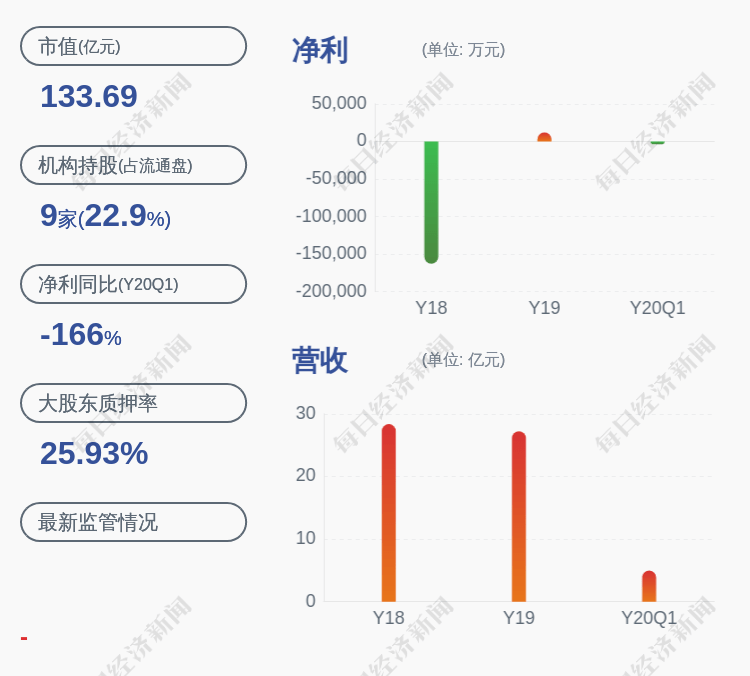Python中的时间序列数据操作总结( 二 )
#DatetimeIndex(['1920-04-23', '1923-10-29'], dtype='datetime64[ns]', freq=None)
2、period或PeriodIndex:一个有开始和结束的时间间隔 。它由固定的间隔组成 。
t = pd.to_datetime(["04/23/1920", "10/29/1923"])
period = t.to_period("D")
#PeriodIndex(['1920-04-23', '1923-10-29'], dtype='period[D]')
3、Timedelta或TimedeltaIndex:两个日期之间的时间间隔 。
delta = pd.TimedeltaIndex(data =https://www.isolves.com/it/cxkf/yy/Python/2023-01-06/['1 days 03:00:00',
'2 days 09:05:01.000030'])
"""
TimedeltaIndex(['1 days 02:00:00', '1 days 06:05:01.000030'],
dtype='timedelta64[ns]', freq=None)
"""
在Pandas中 , 可以使用to_datetime方法将对象转换为datetime数据类型或进行任何其他转换 。
import pandas as pd
df = pd.read_csv("dataset.txt")
df.head()
date value
0 1991-07-01 3.526591
1 1991-08-01 3.180891
2 1991-09-01 3.252221
3 1991-10-01 3.611003
4 1991-11-01 3.565869
"""
df.info()
RangeIndex: 204 entries, 0 to 203
Data columns (total 2 columns):
# Column Non-Null Count Dtype
--- ------ -------------- -----
0 date 204 non-null object
1 value 204 non-null float64
dtypes: float64(1), object(1)
memory usage: 3.3+ KB
"""
# Convert to datetime
df["date"] = pd.to_datetime(df["date"], format = "%Y-%m-%d")
df.info()
RangeIndex: 204 entries, 0 to 203
Data columns (total 2 columns):
# Column Non-Null Count Dtype
--- ------ -------------- -----
0 date 204 non-null datetime64[ns]
1 value 204 non-null float64
dtypes: datetime64[ns](1), float64(1)
memory usage: 3.3 KB
"""
# Convert to Unix
df['unix_time'] = df['date'].Apply(lambda x: x.timestamp())
df.head()
"""
date value unix_time
0 1991-07-01 3.526591 678326400.0
1 1991-08-01 3.180891 681004800.0
2 1991-09-01 3.252221 683683200.0
3 1991-10-01 3.611003 686275200.0
4 1991-11-01 3.565869 688953600.0
"""
df["date_converted_from_unix"] = pd.to_datetime(df["unix_time"], unit = "s")
df.head()
"""
date value unix_time date_converted_from_unix
0 1991-07-01 3.526591 678326400.0 1991-07-01
1 1991-08-01 3.180891 681004800.0 1991-08-01
2 1991-09-01 3.252221 683683200.0 1991-09-01
3 1991-10-01 3.611003 686275200.0 1991-10-01
4 1991-11-01 3.565869 688953600.0 1991-11-01
"""
我们还可以使用parse_dates参数在任何文件加载时直接声明日期列 。
df = pd.read_csv("dataset.txt", parse_dates=["date"])
df.info()
RangeIndex: 204 entries, 0 to 203
Data columns (total 2 columns):
# Column Non-Null Count Dtype
--- ------ -------------- -----
0 date 204 non-null datetime64[ns]
1 value 204 non-null float64
dtypes: datetime64[ns](1), float64(1)
memory usage: 3.3 KB
"""
如果是单个时间序列的数据 , 最好将日期列作为数据集的索引 。
df.set_index("date",inplace=True)
"""
Value
date
1991-07-01 3.526591
1991-08-01 3.180891
1991-09-01 3.252221
1991-10-01 3.611003
1991-11-01 3.565869
... ...
2008-02-01 21.654285
2008-03-01 18.264945
2008-04-01 23.107677
2008-05-01 22.912510
2008-06-01 19.431740
"""
Numpy也有自己的datetime类型np.Datetime64 。特别是在大型数据集时 , 向量化是非常有用的 , 应该优先使用 。
import numpy as np
arr_date = np.array('2000-01-01', dtype=np.datetime64)
arr_date
#array('2000-01-01', dtype='datetime64[D]')
#broadcasting
arr_date = arr_date + np.arange(30)
"""
array(['2000-01-01', '2000-01-02', '2000-01-03', '2000-01-04',
'2000-01-05', '2000-01-06', '2000-01-07', '2000-01-08',
'2000-01-09', '2000-01-10', '2000-01-11', '2000-01-12',
'2000-01-13', '2000-01-14', '2000-01-15', '2000-01-16',
'2000-01-17', '2000-01-18', '2000-01-19', '2000-01-20',
'2000-01-21', '2000-01-22', '2000-01-23', '2000-01-24',
'2000-01-25', '2000-01-26', '2000-01-27', '2000-01-28',
推荐阅读
- python要学多久(0基础学python有多难)
- 顾南亭|《向风而行》:顾南亭、程宵,谁才是你心中的职场精英
- |经常钓鱼的人,都特别有钱?渔具店主眼中的钓鱼人众生相
- 股票持有多久可以分红(股票分红需要持股多久)
- 中长线是多久(股票中的中长期是多久)
- 猪肉煮多久才熟?
- 任泉|任泉,娱乐圈中的顶级富豪
- 蒸苞米多长时间
- java怎么念(java和python的区别)
- 贫不及素中的素指的是 贫不及素
















